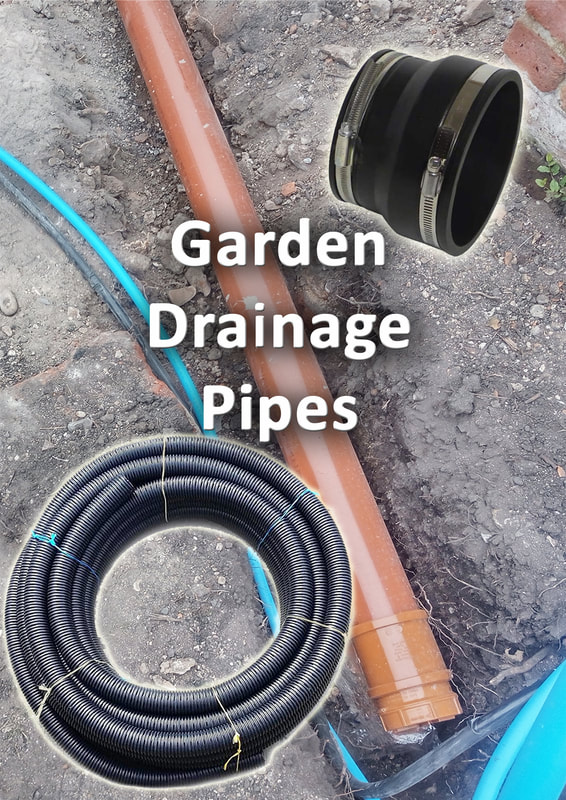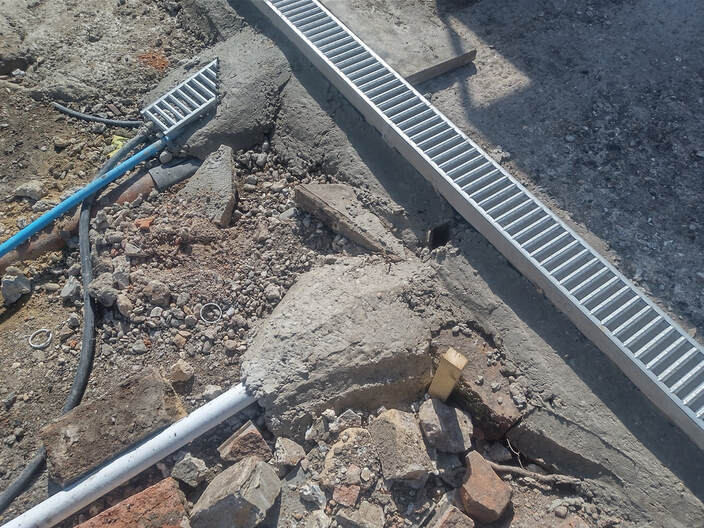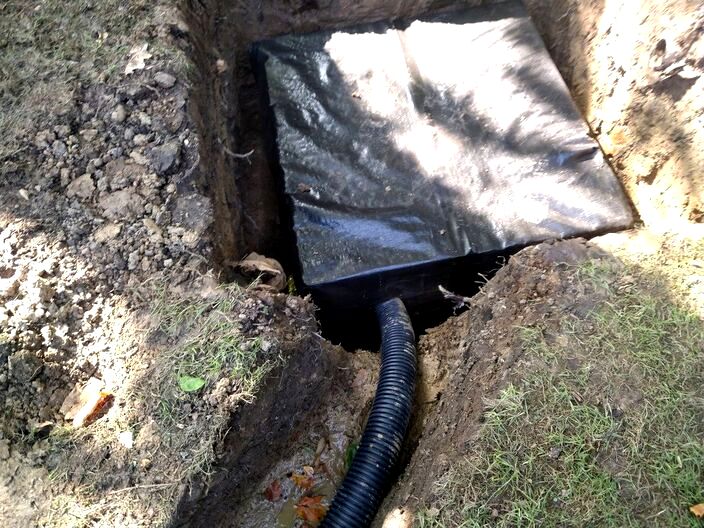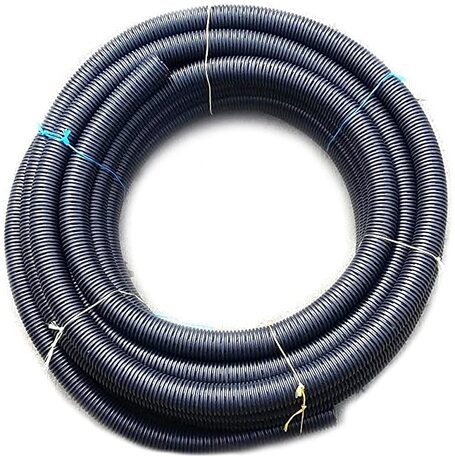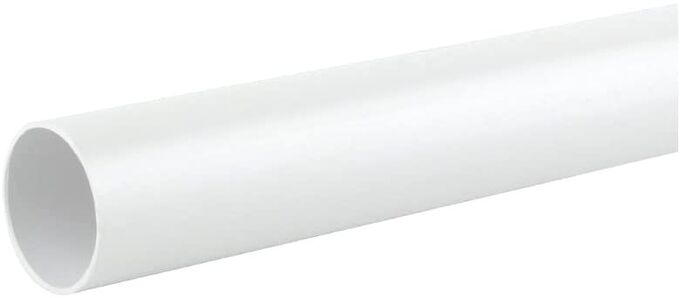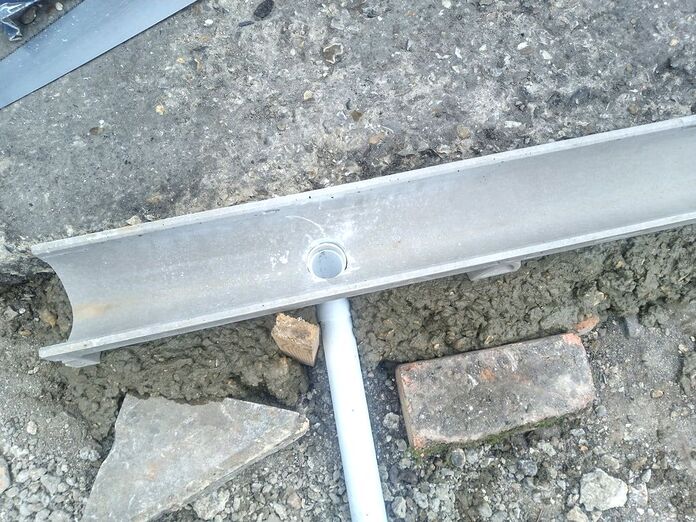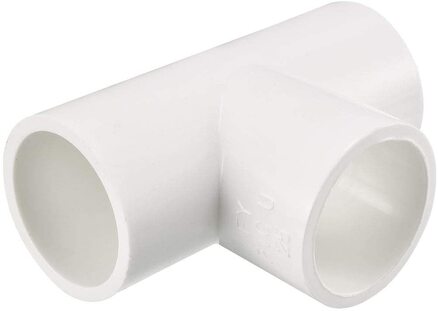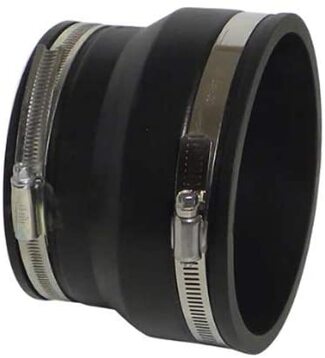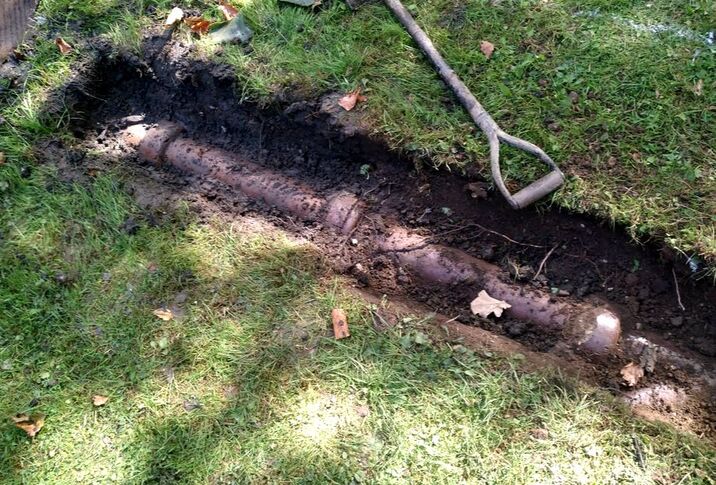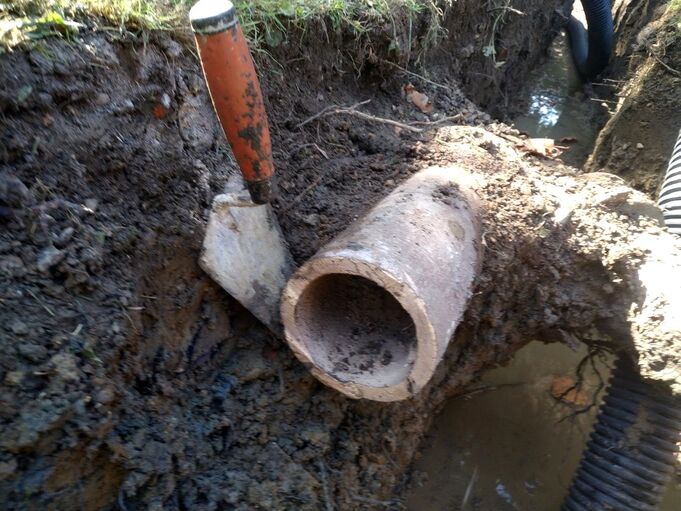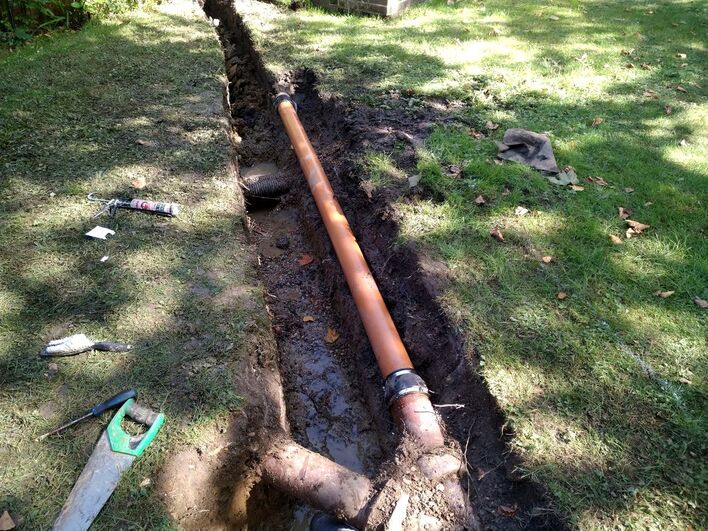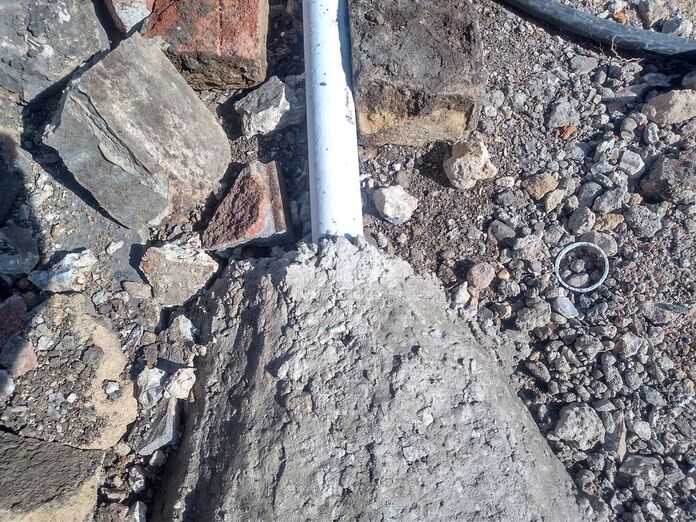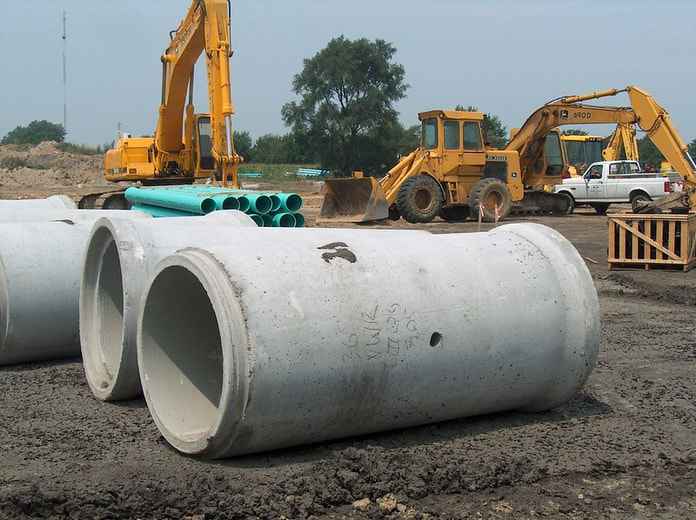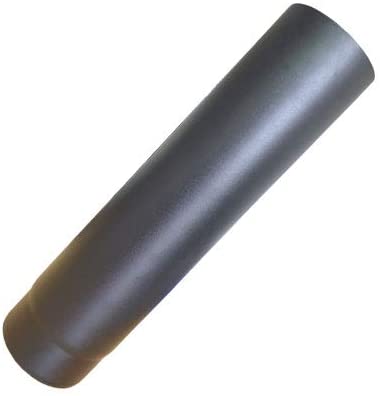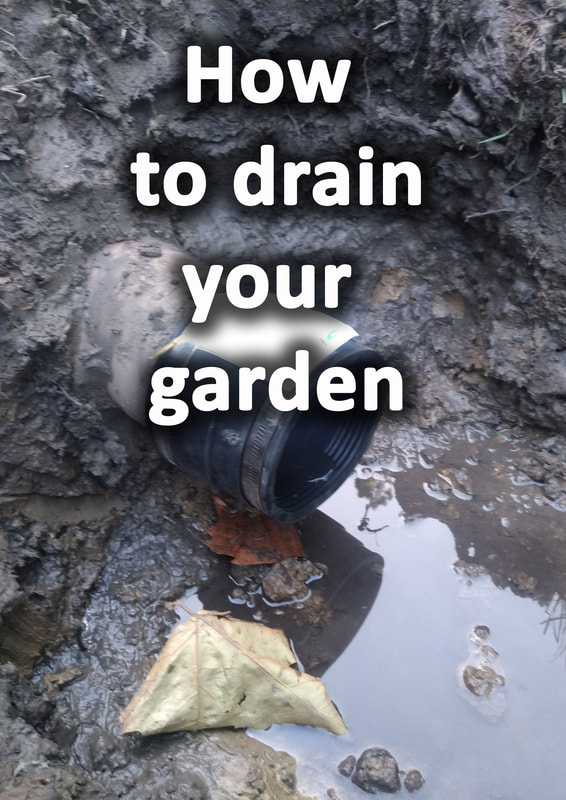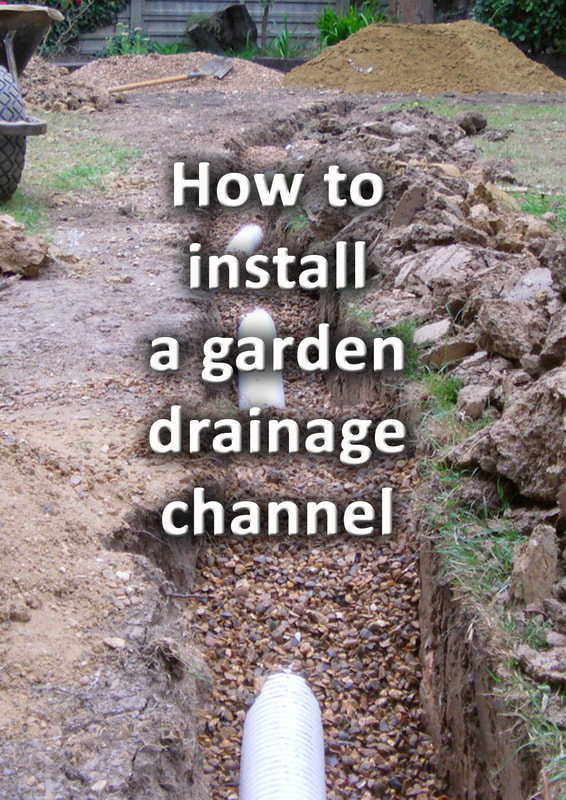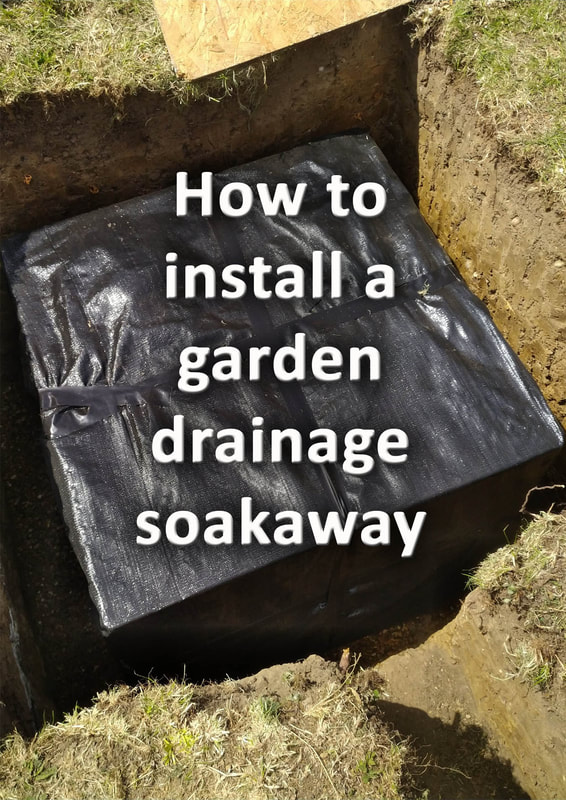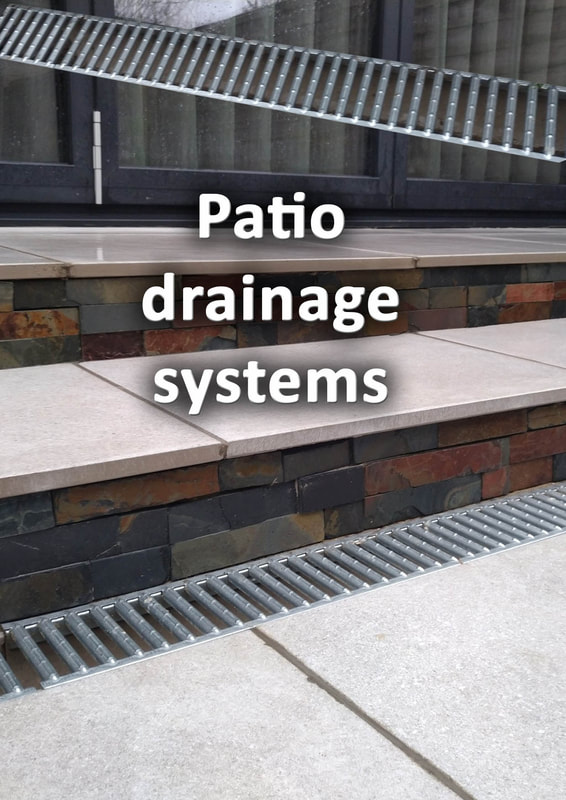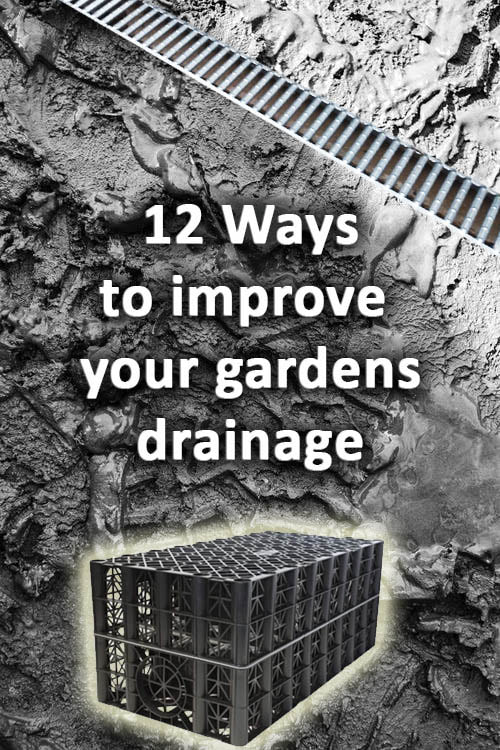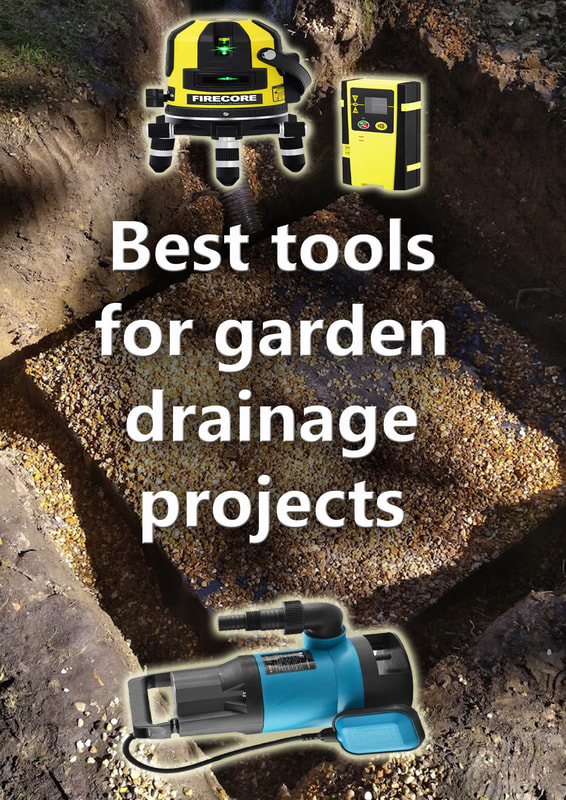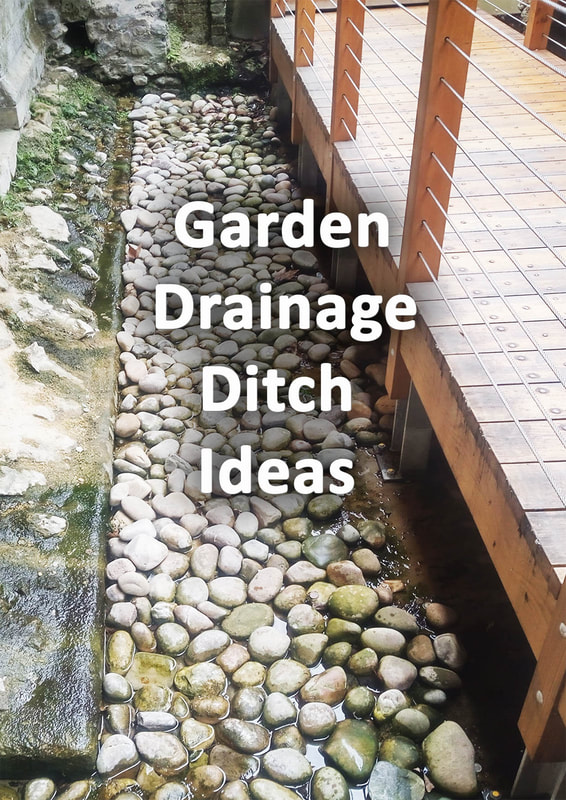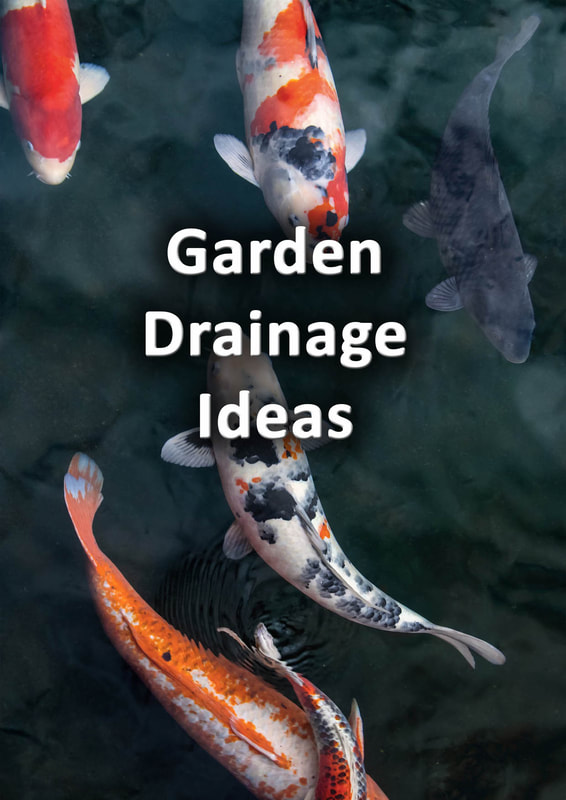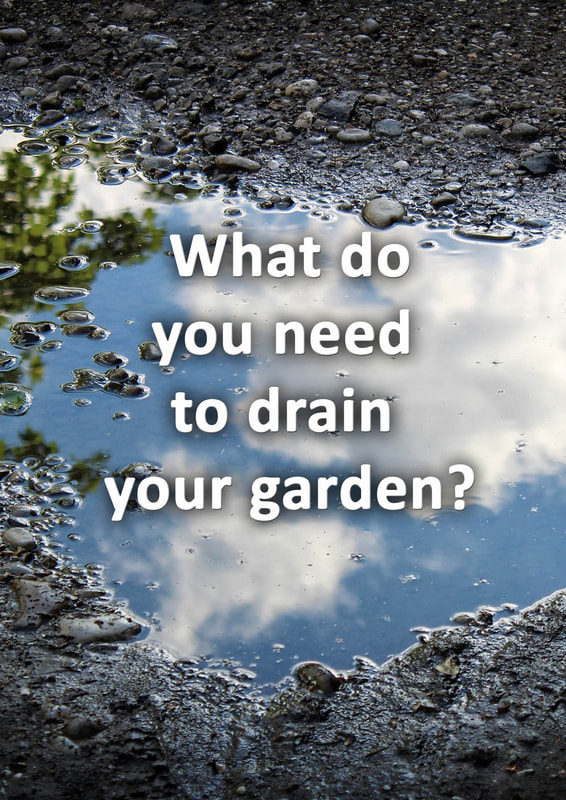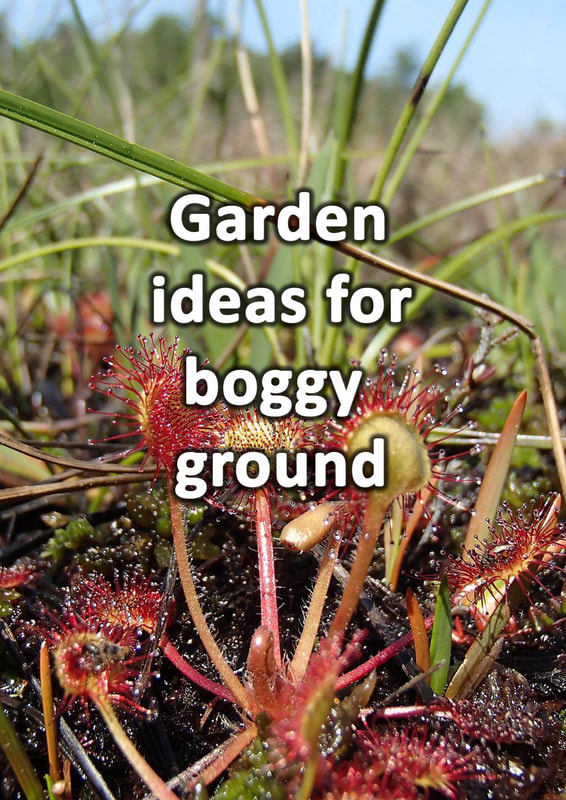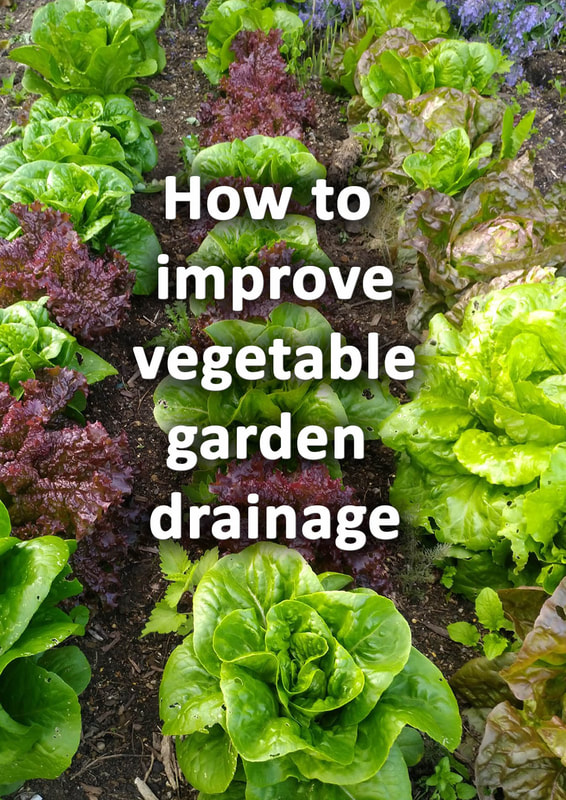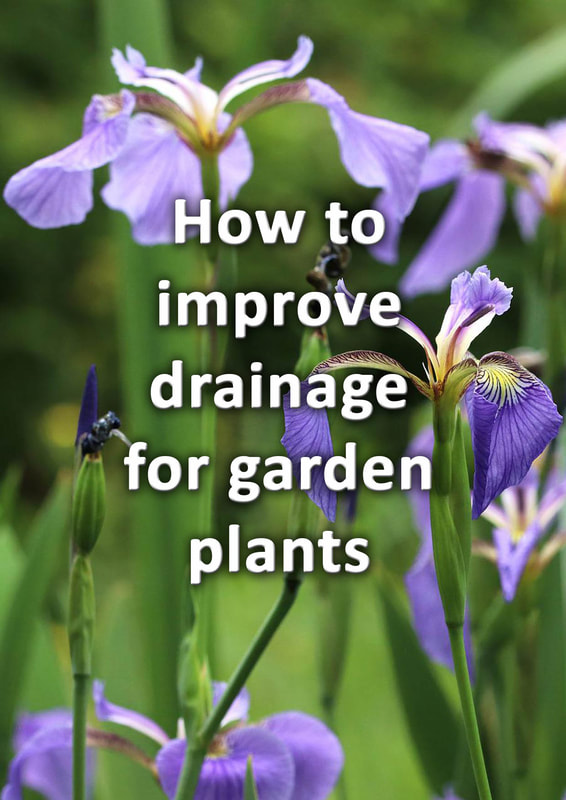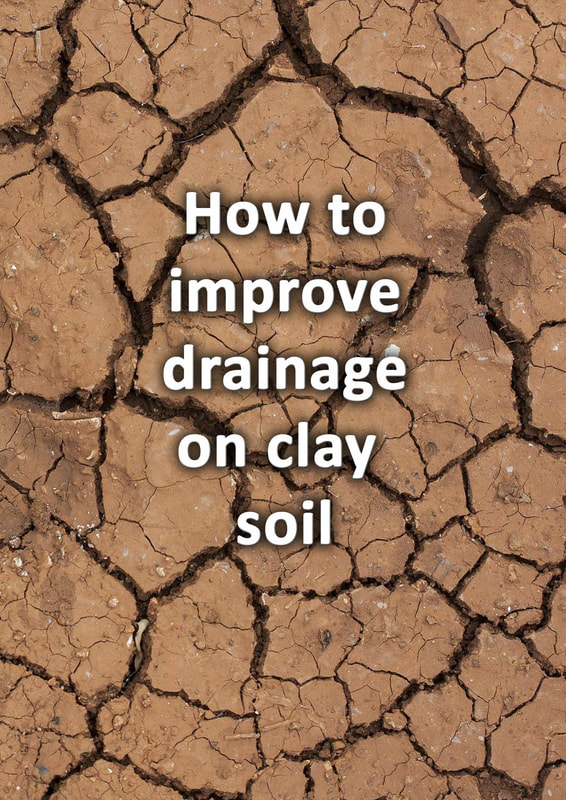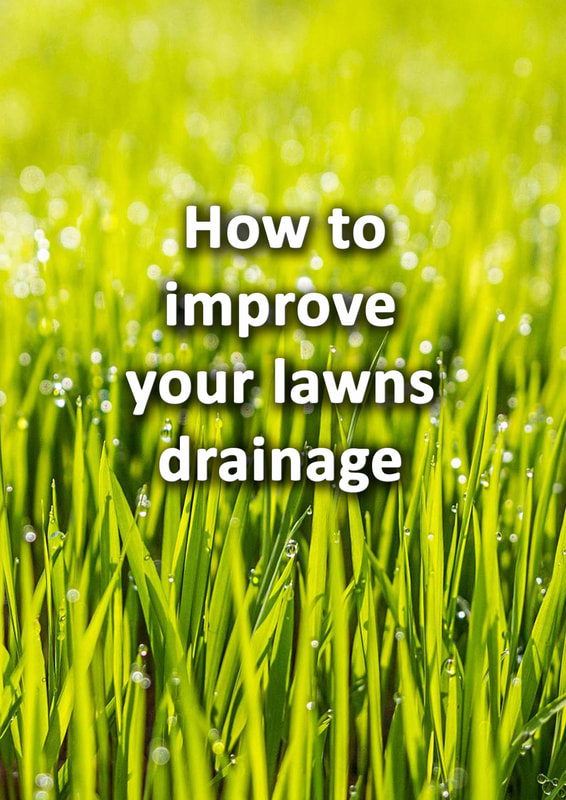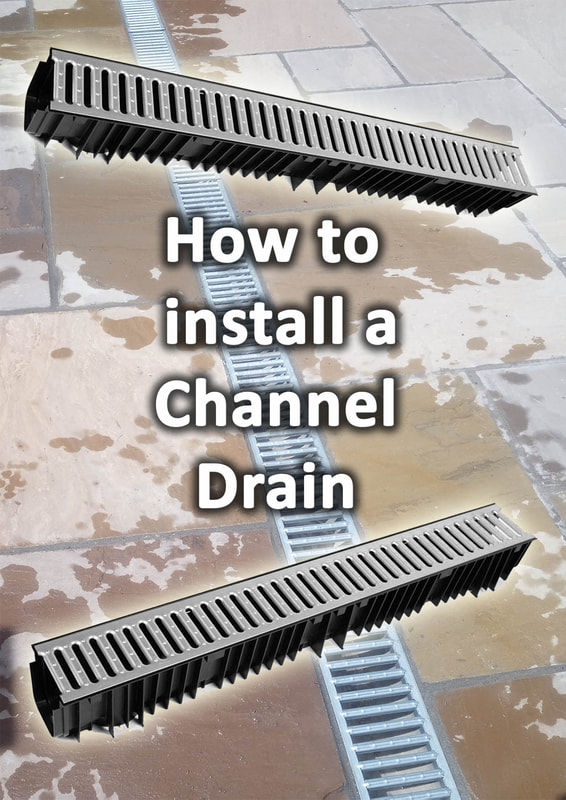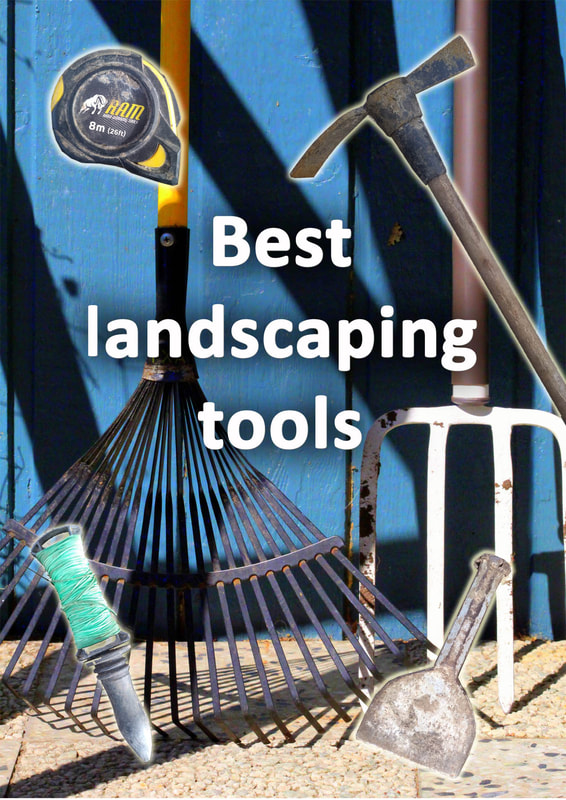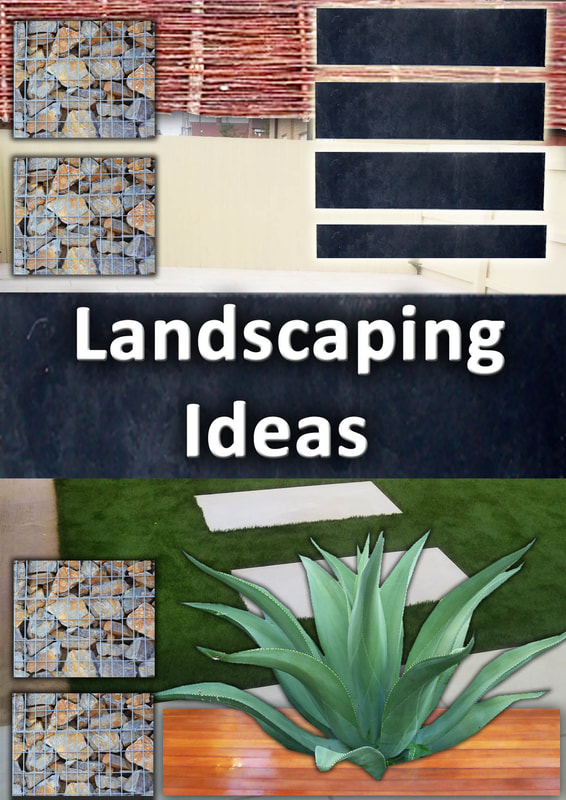|
This article contains affiliate links
Most of the time garden drainage solutions involve transporting unwanted water to a destination drain.
The fastest and most efficient way to do this is with garden drainage pipes. However it is important to recognise that there are a range of different drainage pipes for varying circumstances. The specification of a particular garden, drainage, pipe, used will reflect the specific drainage solution. Here we will explain what the different types of garden drainage pipe are and what circumstances require their installation What is the best pipe for garden drainage?
The best type of pipe for garden drainage is plastic, PVC pipes. These have a high resistance to chemical degradation, damp conditions and have a high compressive strength. This makes them the perfect candidate for a wide variety of garden drainage projects. However the specification of PVC pipe you will need will depend upon your specific drainage issue. There are two main types of garden or landscape drainage pipe; solid, ground pipe and perforated drainage pipe.
50mm PVC Ground pipe plumbed into drainage grills
Perforated pipe feed connected to a garden drainage soakaway
Perforated pipe
Perforated pipes have small holes or slits along the body of the pipe to draw in surrounding water. These are most effective for use in saturated ground such as lawn drainage projects. The surrounding hydraulic pressure within the ground allows water to permeate into the pipe and be channelled away. These are typically laid in excavated drainage channels and backfilled with free draining gravels. The most typical perforated pipe is 100mm and 50mm in diameter and normally comes in 25 metre coils. Solid ground pipe
The second type of drainage pipe is a solid ground pipe. These have a greater thickness to resist accidental impact and tolerate surrounding ground pressure. Solid drainage pipes have a transportation function directing water to its destination drain. The most common scenario for their implementation is connecting drainage gullies and grills to soakaway systems. These come in a variety of diameters to suit the perceived quantity of water capacity. For larger landscape drainage 100mm diameter drainage pipes and larger can be installed. However for smaller patio drainage systems 50mm diameter is normally adequate. Garden drainage pipe connectors
All garden drainage pipes come with come with corresponding pipe connectors and attachments. There are a wide variety of pipe connections including elbows, tees, unions, crosses and reducers. These are particularly useful for larger, landscape scale, drainage systems. Connectors such as tees are particularly effective for grid drainage systems used to drain sports pitches. You can find corresponding pipe connectors for both ground pipes and perforated drainage pipes.
50mm PVC drainage pipe with elbow connector plumbed into drainage grate gully
Drainage pipe adaptors
When installing garden drainage systems it is a common need to adjoin pipes of conflicting sizes. This could be because you are connecting a new drainage system to an old network. Occasionally old pipes are a completely different material and size to modern PVC pipes. Therefore it is typical to have to utilise drainage pipe adaptors. These are typically rubber cylinders with varying sized openings to seal two conflicting pipes together. Adapters are tightened shut with jubilee clips which create a tight seal around each pipe opening. There has been a rubber adapter manufactured for pretty much every pipe adaption circumstance. Land drain drainage pipe
Historically when building new urban development’s small, natural watercourses were discovered. These were sometimes only mere trickles of water or small streams which only flowed during winter. To prevent boggy conditions contractors channelled such water courses into simple land drains. Many of these were simply a series of clay pipes laid in a channel within the ground leading to watercourses. If you live within a river basin you very well may have old land drains running through your property. It is very common for old land drains to become silted up or broken causing garden drainage problems. Clay drainage pipes
Clay drainage pipes were the drainage pipe of choice before the adoption of plastic PVC pipes. Clay drainage pipes are some of the most common pipes to encounter under the ground when digging Why is there a clay pipe in my garden?
There are three reasons why you may find a clay pipe submerged in your garden. A redundant pipe A redundant pipe is an old pipe which is no longer in use. It can also be an old drainage system which has completely silted up solid. Occasionally old broken pipes are buried under the ground giving the impression they are connected somewhere. If you find a clay pipe excavate along its length until you find the end. If the pipe is completely silted it is redundant. A land drain or old drainage system A land drain which is still providing some function will be fully intact and not silted. If your garden already has boggy conditions it could be because the land drain is blocked. Excavate around the pipe and see what direction it travels. If it heads directly towards a drain or gutter it is probably feeding a drain or soakaway. A soil pipe or sewage pipe The most important type of buried clay pipe is a sewer pipe. This is the type of clay pipe you want to disturb or damage the least. Normally however, sewer pipes are laid at a reasonable depth with the joins encased in concrete. Excavate along the pipe to see what direction it goes. If it heads towards a manhole it is probably a sewer pipe. How to fix broken clay pipe
If you do have a broken clay pipe which needs fixing typically you are faced with two scenarios. Either a small section of the pipe is damaged or a larger length of pipe needs replacing. For open cracks and single holes attaching a rubber, straight, extender, adapter should solve the issue. For much longer and continuous breaks you will need to replace the section of pipe with a bridging section. Clay pipes are normally around 100mm in diameter so a 100mm plastic ground pipe will have to be installed. This can be achieved by connecting the plastic pipe with rubber adapters at each end. For our full guide on how to fix a broken clay pipe see our full guide here. Can you encase garden drainage pipes in concrete?Yes you can, in fact it is best to encase garden drainage pipe joins within concrete. This is to provide extra protection against ground movement in coming decades. However make sure your pipe is submerged to a reasonable depth. If you run a drainage pipe near ground level within a concrete surface it could be broken during new resurfacing works. Concrete drainage pipes
Concrete drainage pipes are used in much larger landscape scale drainage operations. Their heavy weight and solid structure are far more resilient to ground movement. However these pipes are normally too large and uneconomical to warrant use as a garden drainage pipe. Cast iron drainage pipes
Cast iron pipes are normally used for soil pipes to match the historical architecture of a property or locality. These pipes are extremely robust and hardwearing but not the best choice for garden drainage. Any metal used submerged in damp conditions has the potential to rust and degrade over time. Although cast iron pipes can be utilised for drainage we do not recommend their use in garden drainage projects.
Thank you for reading our article on garden drainage pipes. If it helped you with your search why not share it on social media?
Below we have linked to some related, garden, drainage, topics for further reading! Thank you! Garden drainage services & drainage contractors in BuckinghamshireBuckinghamshire landscape gardeners are experts in garden drainage and provide a number of garden drainage solutions. Our garden drainage services include;
Our garden drainage services cover most of Buckinghamshire including:
Fixing drainage problems in your garden lawn | JDP (jdpipes.co.uk)
Flexible Land Drainage Pipes | Perforated & Non-Perforated | Drainage Superstore® How to Install Perforated Drain Pipe for French Drain. How Slotted Pipe Moves More Water - YouTube
'As an Amazon associate I earn from qualifying purchases'
0 Comments
Leave a Reply. |
The Author
|
Landscaping services across Buckinghamshire, Amersham, Aylesbury & High Wycombe
Hyde Heath, Amersham, Buckinghamshire |
|
